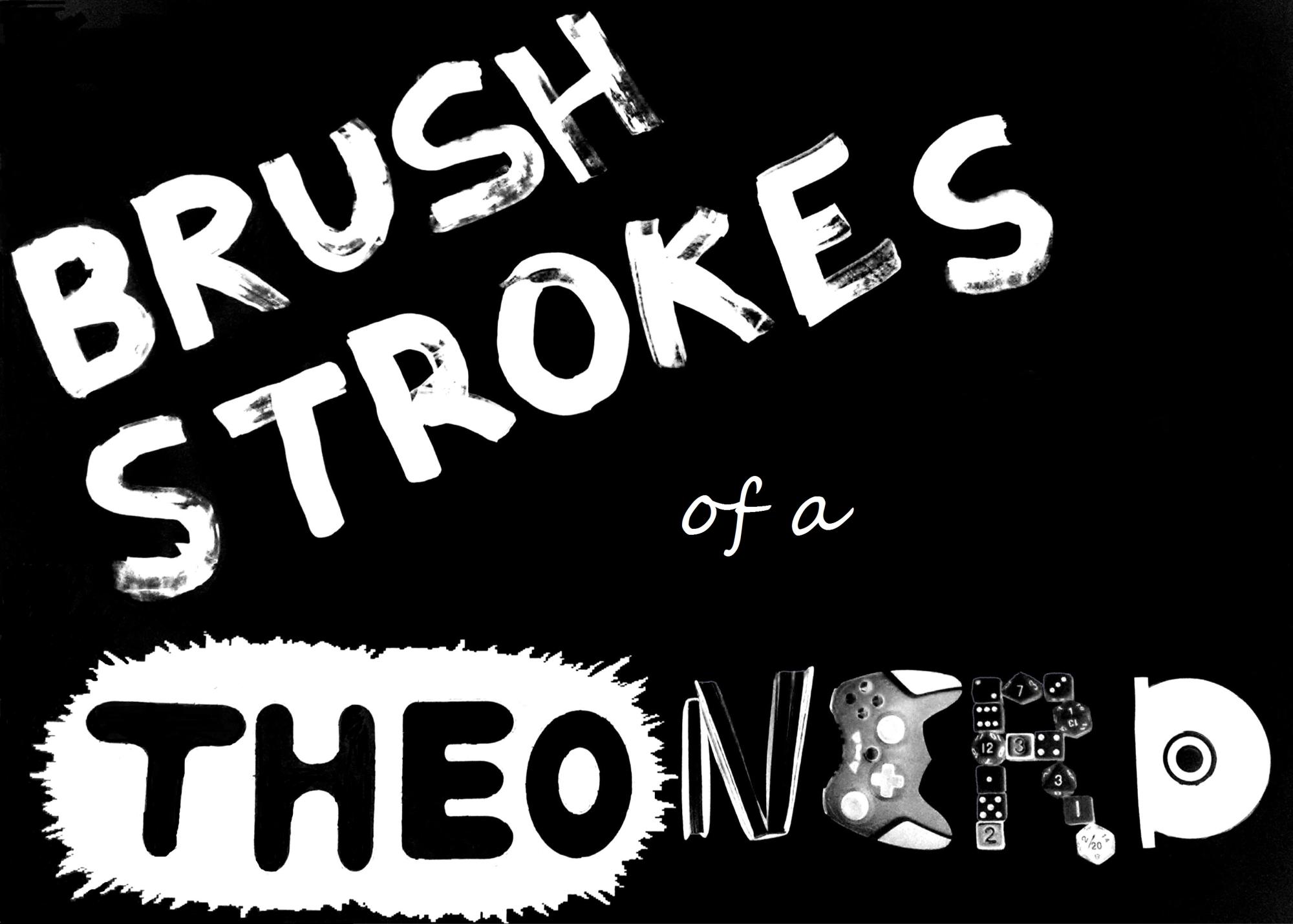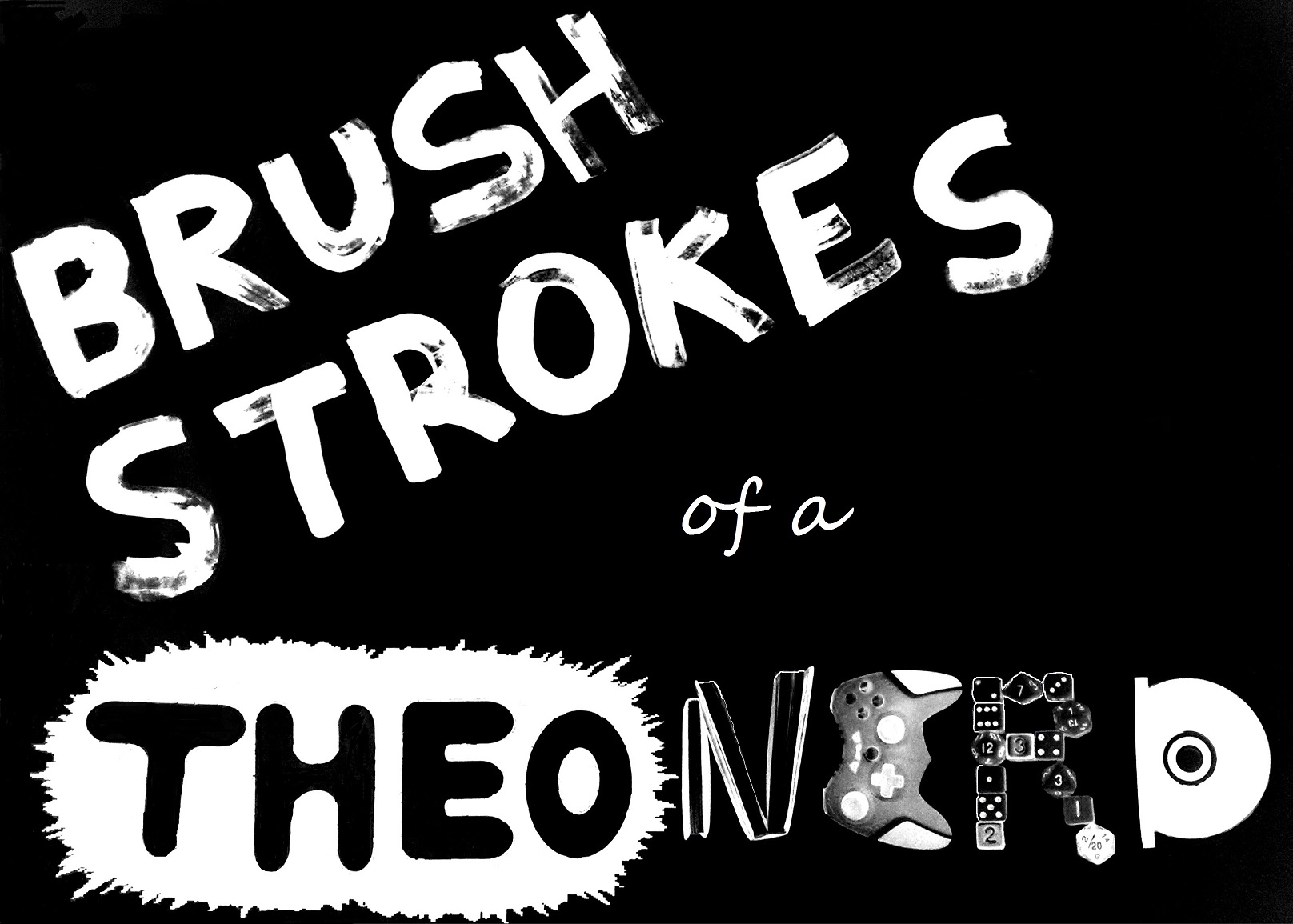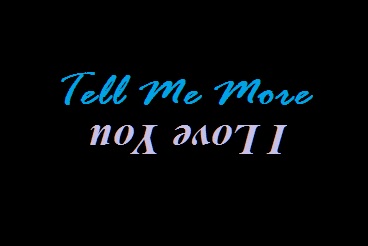The Place of Intent
By Anthony Casperson
5-23-20
The presenter spoke about the artist’s choice of color in a comic book. Juxtaposing the red background in one panel with the green background of the next, the artist indicates the riling of emotions in the character, who’s shown in both boxes, as they receive terrible news. The point being that the color combination tends to indicate opposites while in the comic medium.
Continuing his analysis of the comic, the presenter looks to the artist’s past work in horror comics, which carried over a little to this superhero work. The inhumanly elongated limbs of the hero on the pages and a panel portraying the hero looming over their criminal enemy like a predator stalking its prey both transmit a fearful unease as the character deals with their quest for vengeance. But the ultimate realization of what it means to live with the responsibility of superpowers snaps the hero out of his vengeful perspective, allowing true justice to take its course.
The hero who was almost a monster.
I loved how the attention to the aesthetics of the art revealed the message of the work just as much as the words in the speech bubbles. The beauty of the art intermarried with its message. This presenter seemed to understand how the message of the artist carries further than just the common application of the audience.
However, in later episodes of the presenter’s work, he audibly questioned how much weight the author’s intent carried in a piece of artistry. It made me do a double take because I couldn’t understand how someone who so beautifully sleuthed out the intricate details of an artist’s choice in shaping his images could say that the artist’s intent of drawing was less important than the audience’s interpretation of the art.
The background of my comic panel changed from red to green. Those words discordant with what had been shown before.
In a previous blog I’ve written about the importance of the author’s intended meaning (the “a.i.m.”). While I was in bible college, the search for the a.i.m. was paramount. Without understanding authorial intent, how could we properly interpret the word of God to then apply it to our cultural context?
And in this memory, a thought came to me. There’s a cultural perspective that desires to show the importance of the audience’s background when coming to a piece of artistry (whether an image or the written word). We can arrive at the same work of art but have different experiences with it because we come at with our own idiosyncratic perspectives. Even the difference in biochemistry or how much sleep we’ve had can affect how we apply the work to ourselves.
Again going back to the bible, how many of us have read a passage and sensed something speaking to our lives, only to come back to the same passage a year later and have a totally different experience with the passage? Our spiritual self is in a different place, so of course we’ll apply the words differently.
But does that mean that our experience with the passage is more important than author’s intent? Does the message of the artist take a back seat to our interpretation of the piece?
This is where I believe we wrongfully mix up interpretation with application.
In those college classes that taught how to interpret the bible, there was one piece that really stuck with me. The author wrote the truth of God to an audience. There was a message and there was a context. Understanding the intricacies of the audience’s cultural context (viewing the aesthetics of the artwork) helped to reveal the more universal message that the author intended.
The interpretation of the message could be removed from the cultural application. And to this priceless piece of universal truth, a new application could be added for a new audience. The application of a singular context doesn’t undo the authorial intent deeply rooted in that universal message. It adds to the beauty of the author’s intended meaning. Or perhaps better, this new application reveals a new facet of the priceless message.
Think of the message of the author’s intended meaning as a diamond. The original author sets the gem with a particular facet in focus. It’s the facet most helpful to apply the truth of their message to their original audience with their specific cultural perspective.
But it is possible to take that same diamond, put it in a new setting, and switch the focus to a different facet. It’s the same diamond. There was no trimming or re-cutting, just the revelation of a previously unfocused facet set in a different aesthetic. Just as the setting doesn’t change the diamond (or it’s importance in the object of beauty), the application of the author’s intended meaning into a different context doesn’t change the message (or it’s importance in the work of art).
If anything, it reveals the importance of authorial intent because the author’s universal message is what drives the cultural application regardless of the audience.
How much weight does authorial intent have? Far more than many seem to give it. The problem is that we look at how a singular context reveals different applications and then say that this vast array of applications reveals a multitude of interpretations for the same piece of art, thus nullifying the artist’s intent.
If we instead realize that the various applications act as additional beauty to authorial intent, we might just allow interpretation to take it’s proper place while still celebrating our idiosyncratic perspectives to the piece of art.
And who doesn’t want to add beauty to the world rather than attempting to horde a monopoly of it only for those who share our perspective?


Notice the color shift in the background.


